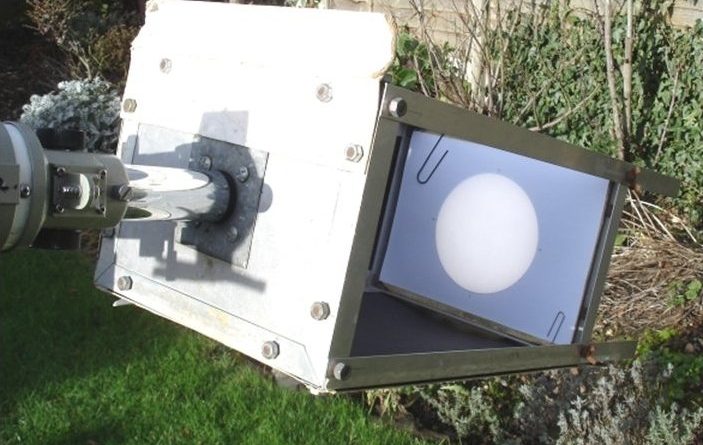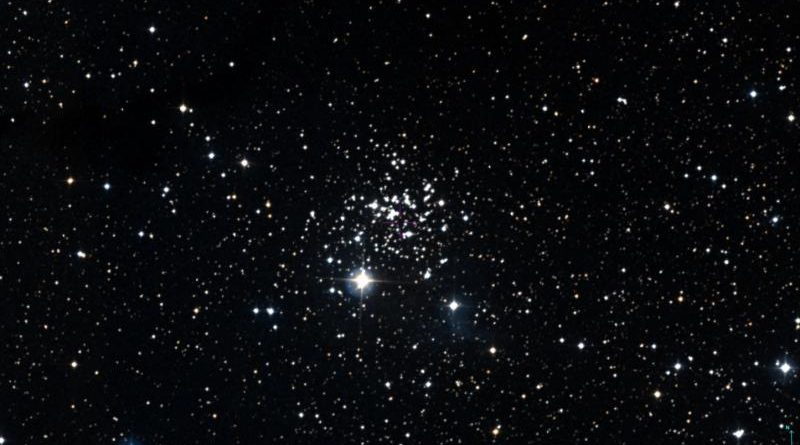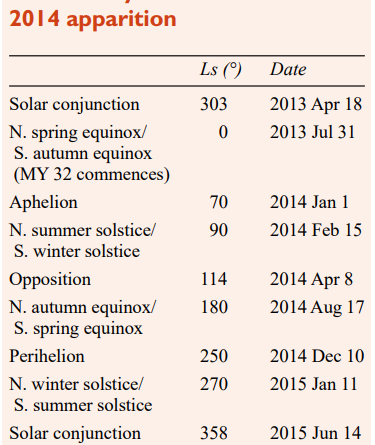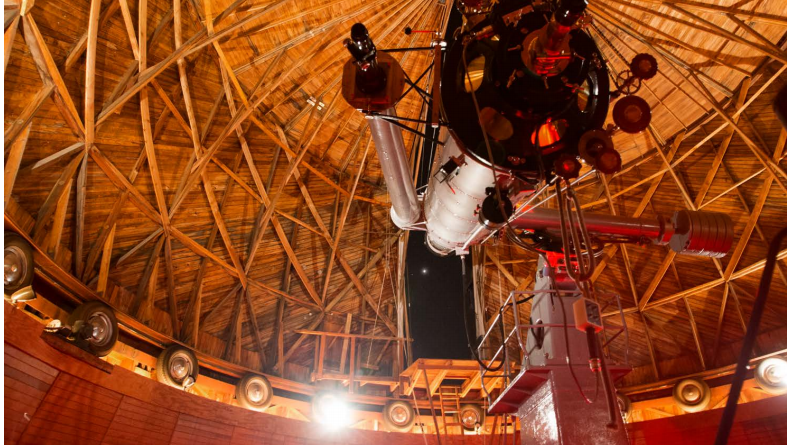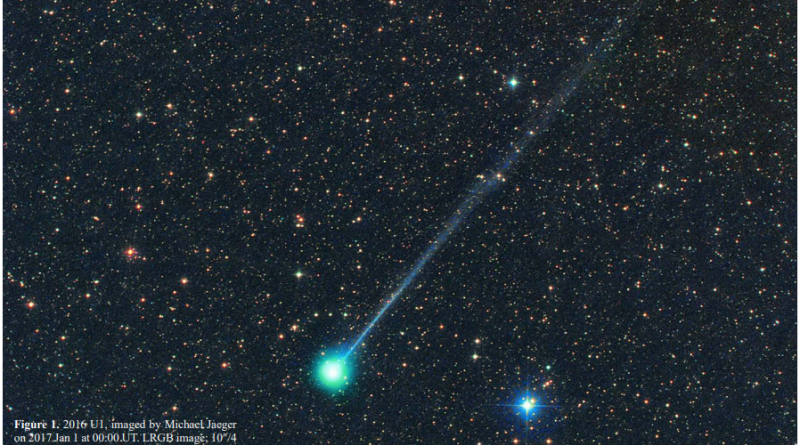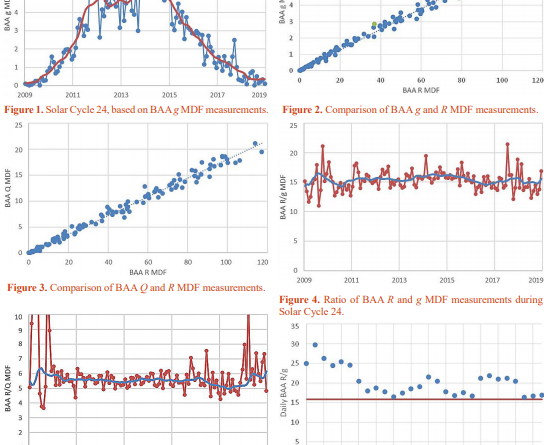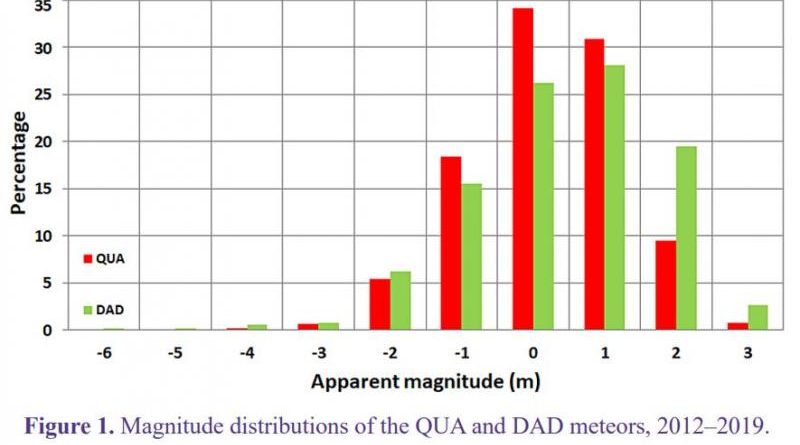During this aphelic opposition we received over 6,000 observations from 102 contributors. Small-scale dust activity was evident in the north polar region on several occasions, some events coinciding with the seasonal detachment of Olympia. Later dust activity in the region was associated with the development of the polar hood. At Ls = 154° a Regional storm commenced in Libya–Isidis Regio. The most frequently active site until the 1960s, it remained almost completely inactive – at telescopic resolution – for years. This event occurred seasonally early, but a second Regional event that simultaneously broke out there and in Hellas at Ls = 216° in 2014 October showed typical timing: dust spread west across Noachis and led to a darkening of Pandorae Fretum, as well as a broadening of Mare Serpentis. Short-lived local equatorial storms were recorded over Valles Marineris and Chryse–Xanthe. The entire Ls period over which planet-encircling storms are known to emerge was checked…
Read more

